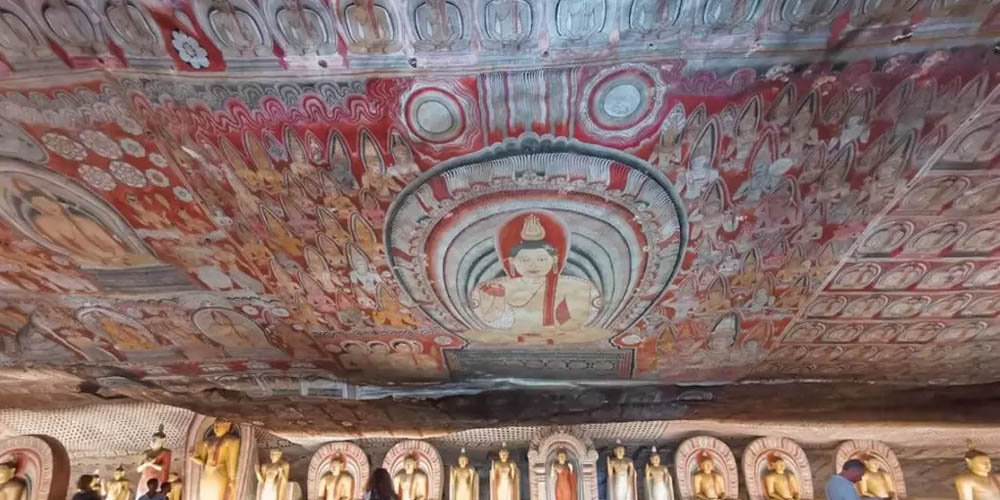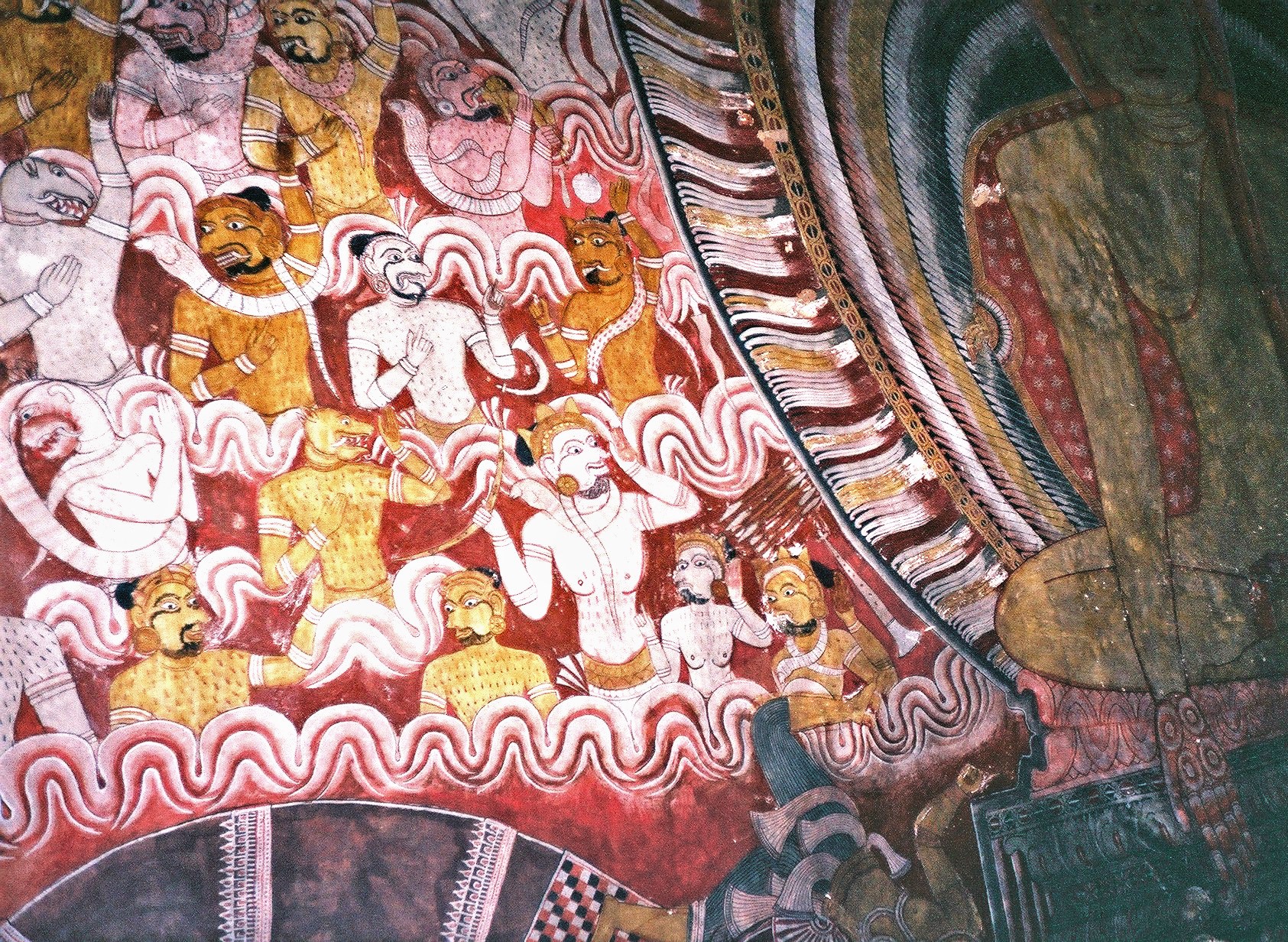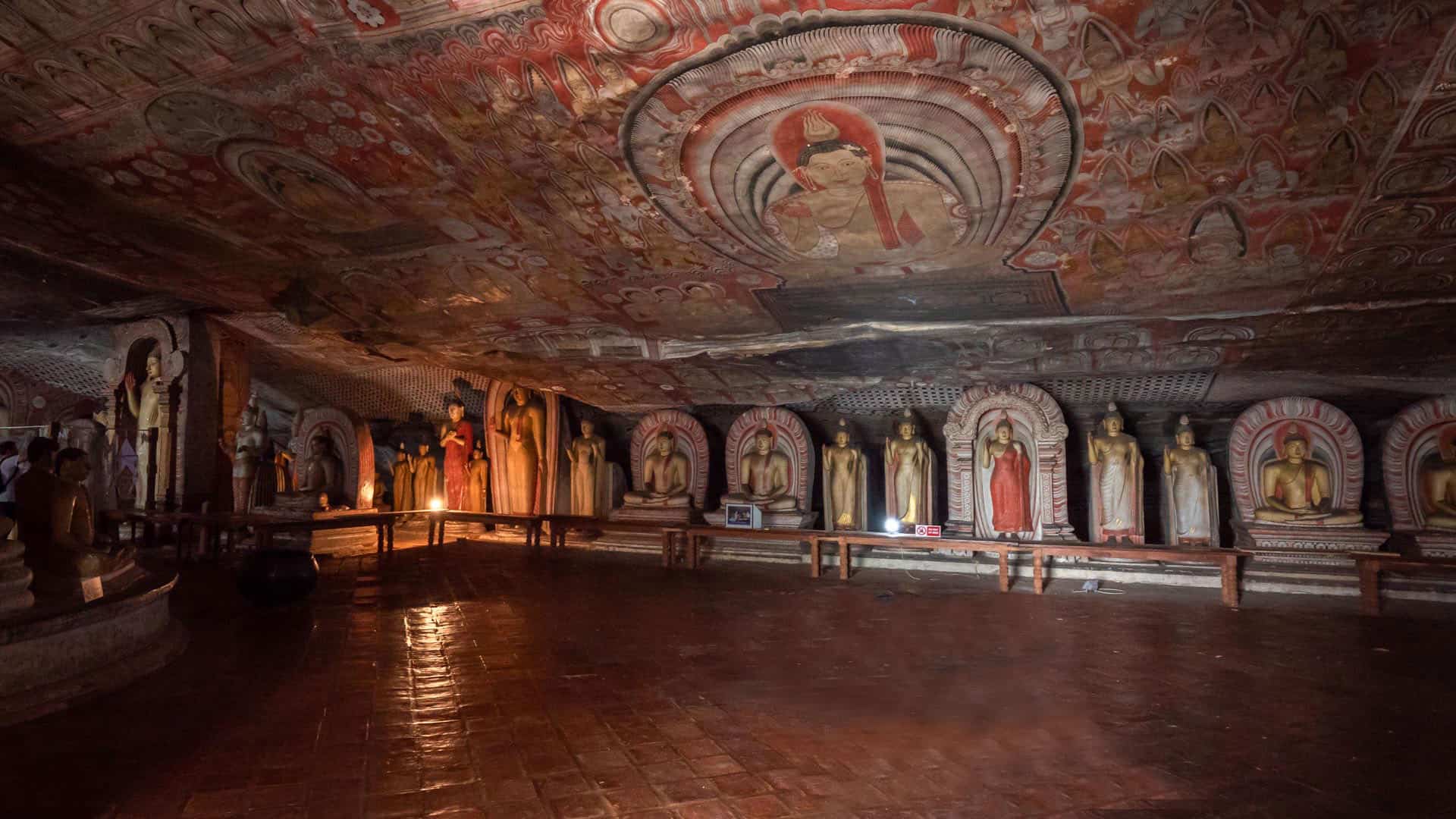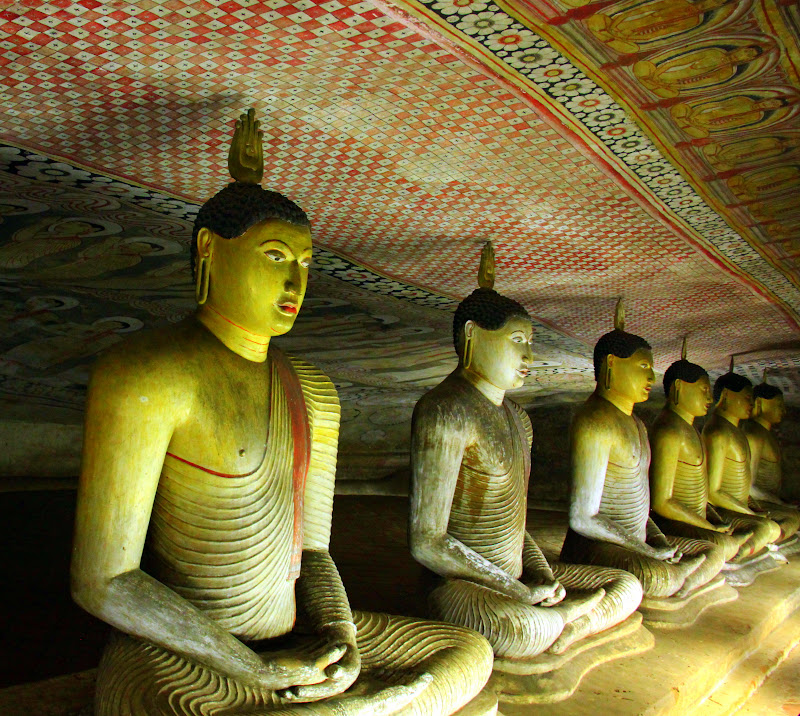Dambulla Painting Museum

The Dambulla Painting Museum, also known as the Museum of Wall Paintings, is a unique institution in Sri Lanka dedicated exclusively to the exhibition and preservation of the island’s rich heritage of wall and cave paintings. The museum was officially opened on November 16, 2003, and is managed by the Central Cultural Fund.
Located within walking distance of the renowned Dambulla Royal Rock Temple complex, this specialized museum serves as the Painting Conservation & Research Center, making it the only museum of its kind in the country.
Purpose and Significance
The museum was established to showcase and facilitate the study of wall paintings uncovered by the Dambulla Project through extensive surveys and research conducted since 1991. A critical objective of the museum is to preserve paintings that have been damaged by natural elements and insects over the centuries.
The museum presents its collection under the theme “Evolution of Sri Lankan Cave and Wall Paintings,” tracing the development of this artistic tradition from the prehistoric period through to the modern era. It features paintings from ancient temples spanning from the Anuradhapura period to contemporary times, including the celebrated Sigiriya frescoes.
Collections and Gallery Layout
The museum comprises seven galleries, each representing different historical periods of Sri Lankan art:
Gallery 1: Prehistoric rock art and cave paintings
Gallery 2: Paintings from the Anuradhapura period (1st-11th centuries AD)
Gallery 3: Sigiriya frescoes (5th century AD)
Gallery 4: Polonnaruwa period paintings (11th-13th centuries AD)
Gallery 5: Paintings from Dambadeniya, Wijayasundararamaya, Lankathilaka Vihara in Gampola, and Dalada Maligawa in Kandy (13th-18th centuries AD)
Gallery 6: Kandyan period paintings including works from Dambulla Maharaja Temple, Medawala Vihara, Degaldoruwa Vihara, Gangarama Vihara, Ridi Vihara, and other temples (18th-19th centuries AD)
Gallery 7: Modern period paintings from Kelaniya Vihara, Gotabaya Vihara in Bothale, and Gothami Vihara in Borella (20th century)
Each gallery features reproductions of paintings, photographs, architectural plans, and detailed descriptions of the caves and temples where the original paintings are located.
Educational Programs
The museum actively supports education and research by:
- Providing resources and knowledge for advanced-level students’ educational assignments
- Offering training and information for university students and researchers conducting dissertations
- Facilitating academic study of Sri Lankan painting traditions and conservation techniques





*Photo credits go to the respective owners
